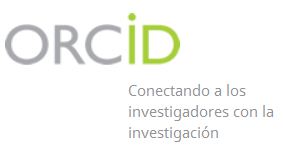Recreation activities to improve social behavior. Study in children and adolescents aged 9-14
Resumen
Introduction: Social conduct is a behaviour aimed at the society and among members of the same species, having influence in the surrounding environment, where ludic actions may play a role .
Objective: The paper studies the effect of 15 recreational activities on the social behavior of children and adolescents in the Guamani neighborhood, south of the city of Quito, Republic of Ecuador.
Method: Using a sample of 25 subjects with various problems of social behavior, aged 9-14 years, the research strategy starts with the diagnosis of 12 indicators or aspects of social life and manifestations of conduct.
Results: The Friedman test determined the existence of significant differences between two (initial, p = 0.004, & final, p = 0.03) tests, with data obtained from the observation guides respectively, being the average ranks of the final tests, the best ones, demonstrating a significant difference between the initial and final test (p = 0.003) in the variable "Always" and the variable "Never" (p = 0.002) as determined by the Wilcoxon signed-rank test.
Conclusion: The research shows that recreational activities are a viable and efficient alternative to improve social behavior in the sample studied.
Descargas
Descargas
Publicado
Cómo citar
Número
Sección
Licencia
Aquellos autores/as que tengan publicaciones con esta revista, aceptan los términos siguientes:- Los autores/as conservarán sus derechos de autor y garantizarán a la revista el derecho de primera publicación de su obra, el cuál estará simultáneamente sujeto a la Licencia de reconocimiento de Creative Commons que permite a terceros compartir la obra siempre que se indique su autor y su primera publicación esta revista.
- Los autores/as podrán adoptar otros acuerdos de licencia no exclusiva de distribución de la versión de la obra publicada (p. ej.: depositarla en un archivo telemático institucional o publicarla en un volumen monográfico) siempre que se indique la publicación inicial en esta revista.
- Se permite y recomienda a los autores/as difundir su obra a través de Internet (p. ej.: en archivos telemáticos institucionales o en su página web) antes y durante el proceso de envío, lo cual puede producir intercambios interesantes y aumentar las citas de la obra publicada. (Véase El efecto del acceso abierto).





